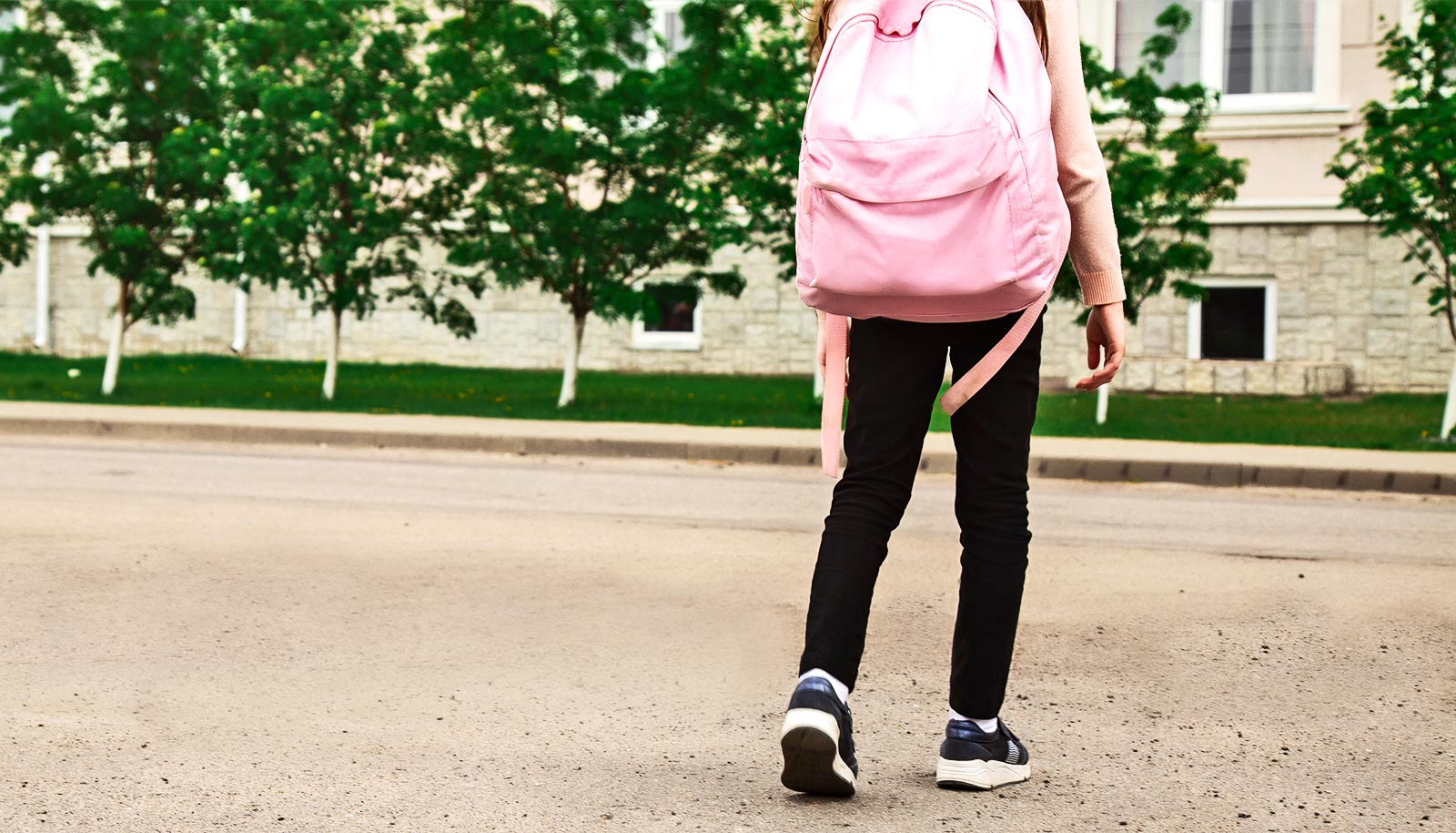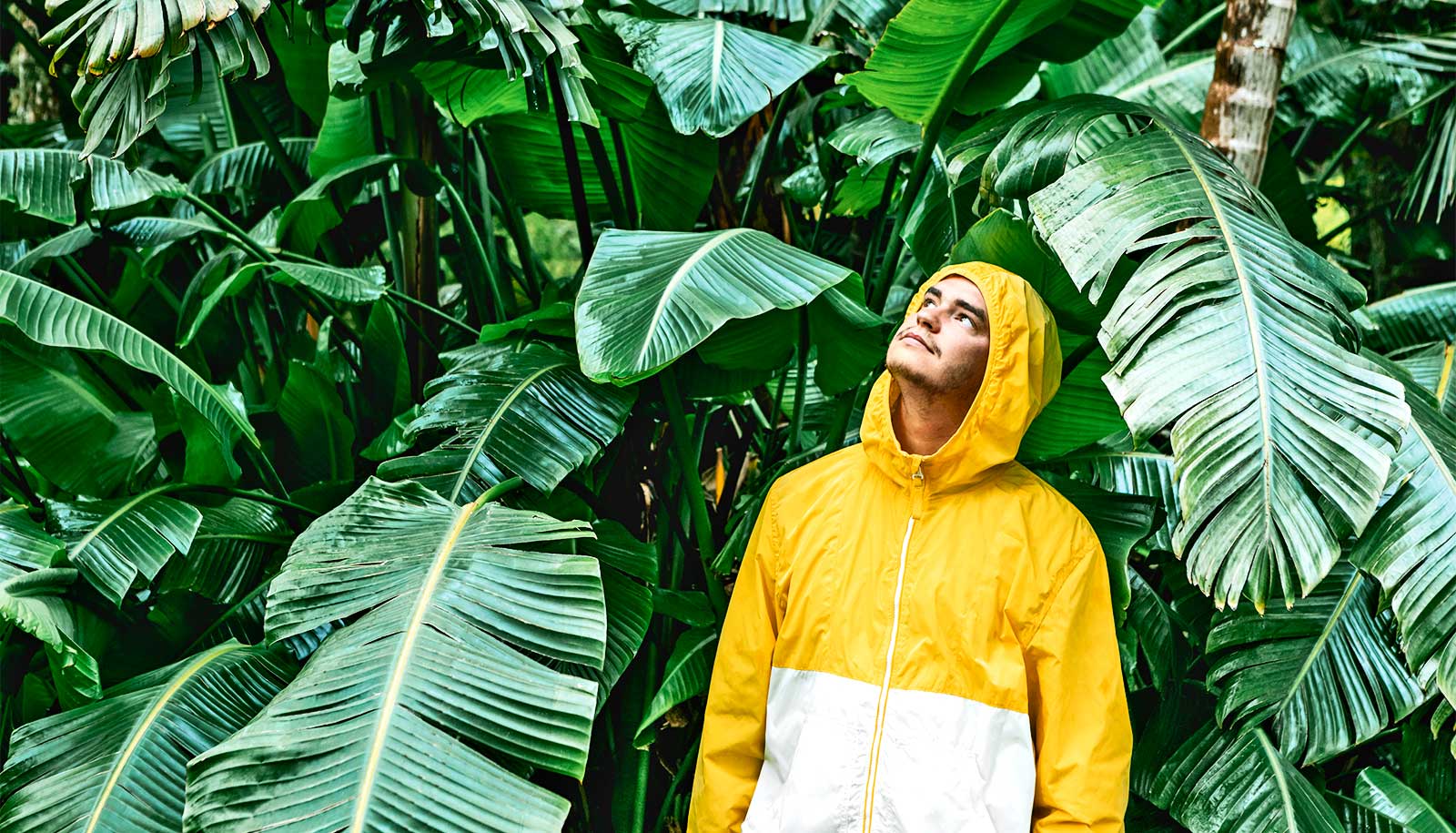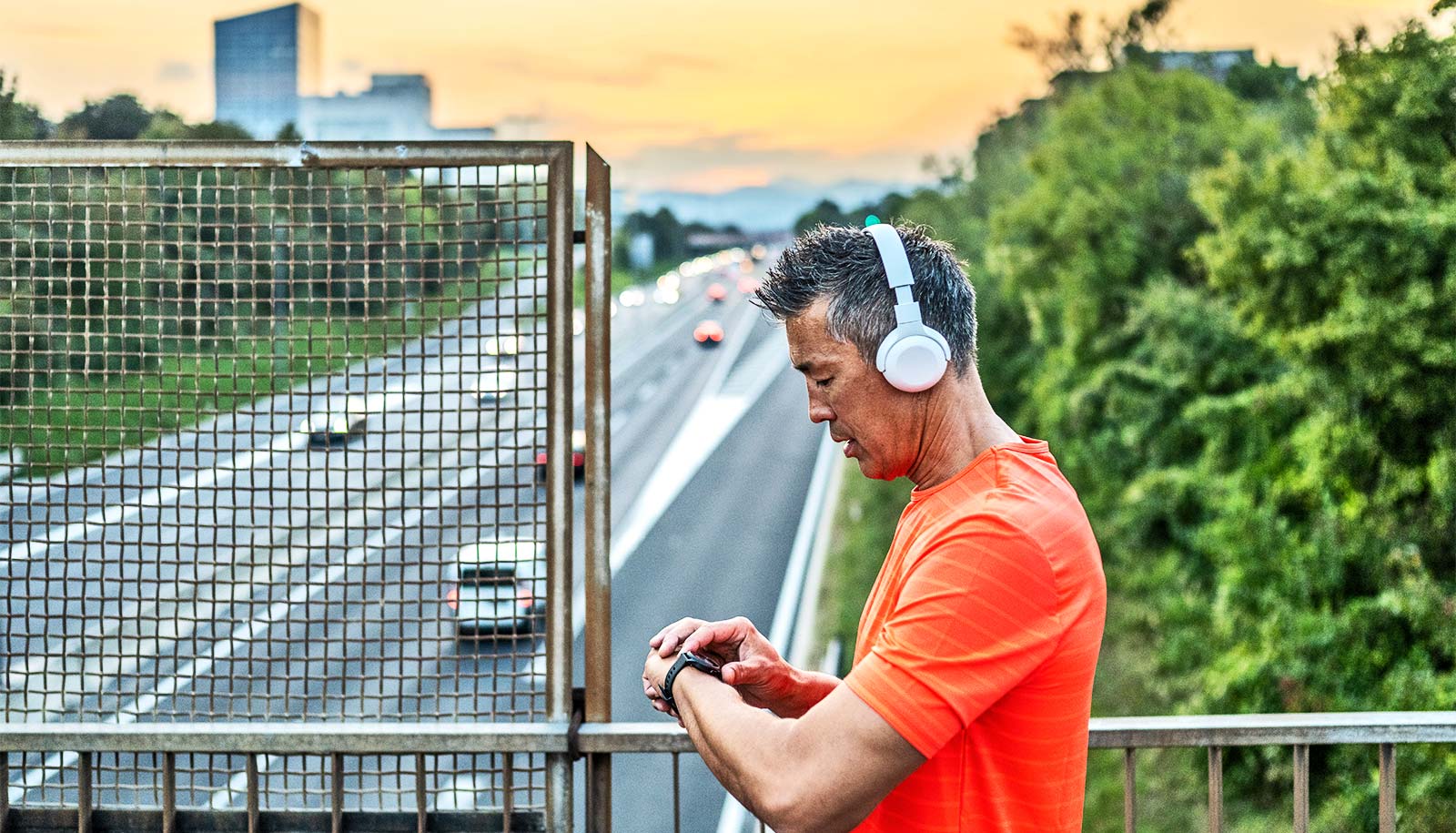In densely populated urban areas, trees may be the leafy secret to an increase in property values.
Through a novel meta-analysis, Pamplin College of Business researchers used multiple data sets to confirm that in urban areas, trees add value to a property, but it depends on where those trees are.
Homes tend to be worth more when trees are nearby to provide shade and improve the look of the neighborhood. But on-site trees are not always desirable because they come with downsides such as maintenance or safety concerns, the study found.
“While tree cover supports owners’ property values, their tree cover benefits the greater community property values,” says Kevin Boyle, a professor of real estate at Virginia Tech.
The study, done in partnership with the US Forest Service, analyzed geographic information system data from the US Environmental Protection Agency for nine metropolitan areas to assess the value of tree coverage near properties. The study used the distances of less than 330 feet, between 330 feet and one-third of a mile, and one-third to two-thirds of a mile to represent the distance from property to nearby trees.
The data shows property values based on tree coverage vary by city. For comparison, Fresno, California, and Milwaukee, Wisconsin, were used to represent the lowest and highest property values affected by tree cover.
In Fresno, the existing tree cover on or near a property only adds about $9 to an average-priced property. In Milwaukee, that same tree cover adds roughly $3,500.
Increase the number of trees on or near a property by 10 percent, and that property in Frisco would decline in value by $114, or 0.1%. Put those trees between one-third of a mile and two-thirds of a mile, and the home’s value increases by $6,751, or 3.2%.
By contrast, the Milwaukee home’s value would increase by $39,701, or 24%, with more tree coverage within 330 feet. Distant tree cover, between one-third and two-thirds of a mile, adds another $27,194 to the home’s value, a 16% increase.
The study in Ecological Economics explains that community members support trees when they can benefit from the shade when walking or aesthetics when driving. It also notes the complexities of community trees because most urban property is privately owned. That means community leaders may have to entice property owners to retain and plant trees for the public good, even if it means taking on maintenance responsibilities.
The findings also consider the good and bad environmental impacts of trees in weather events such as high temperature or severe storms. During storms, trees could damage homes and property. But trees also work to reduce urban heat islands, absorb storm runoff, and more, bringing benefits for both property owners and community members.
“Our analysis of multiple datasets and the associated findings can be used by community leaders to understand the benefits of tree coverage,” Boyle says.
“It can also educate community members that their actions in support of tree coverage can help not only the greater community, but themselves as well through enhanced property values. It is important to strategically maintain tree cover while recognizing the concerns of property owners and community members.”
Source: Virginia Tech



